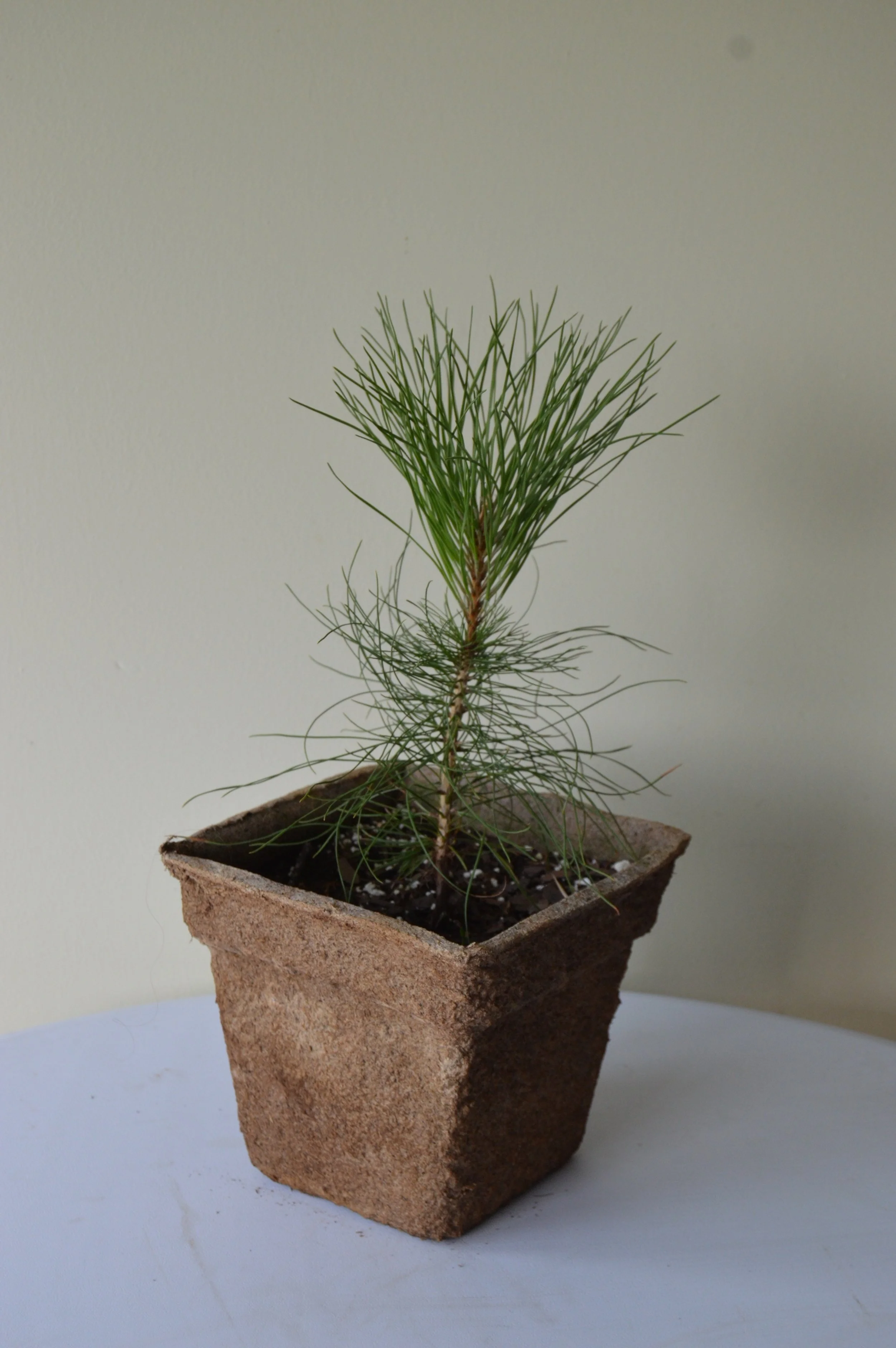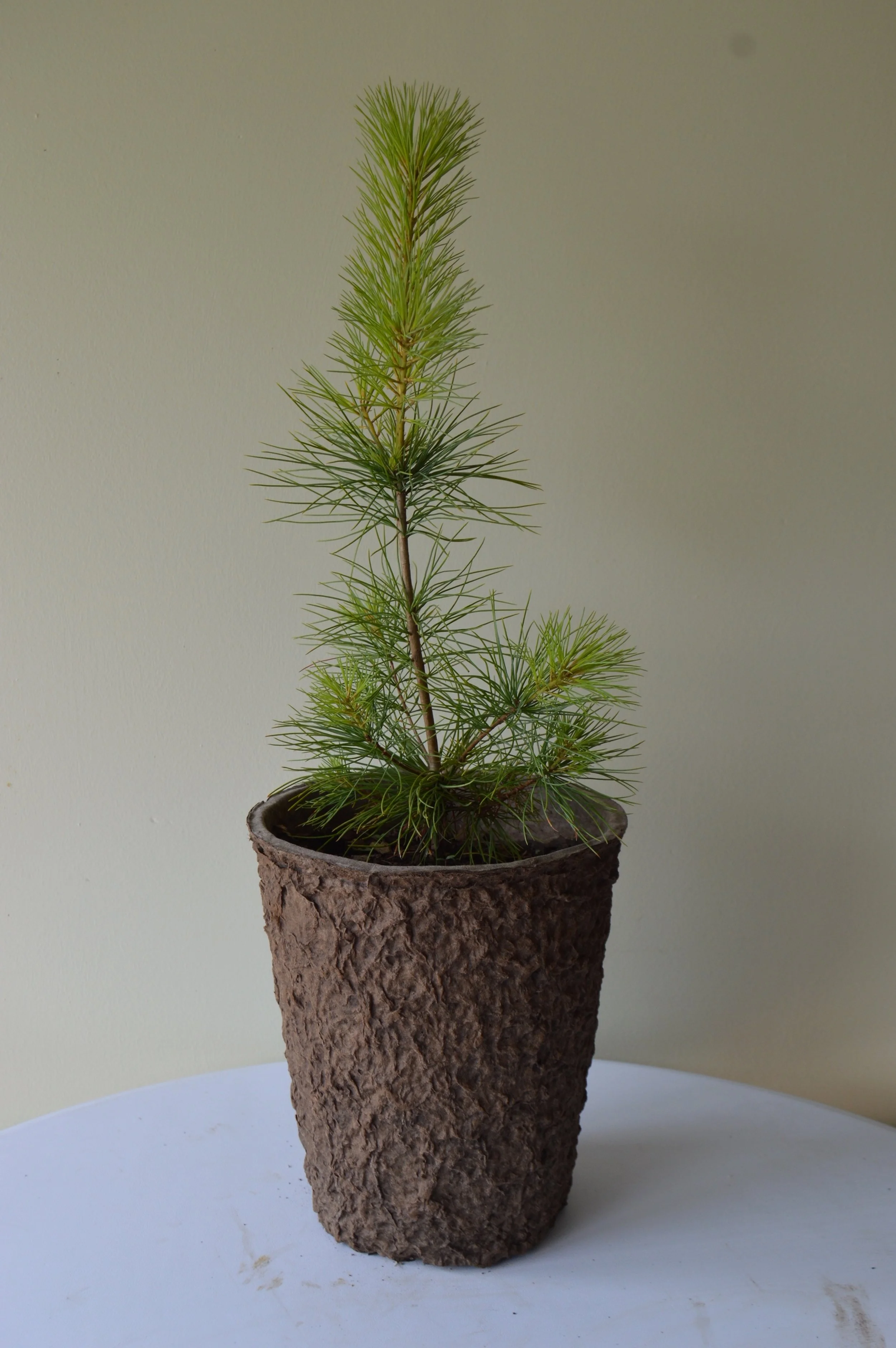The Eastern White Pine became Michigan’s State Tree in 1955 in recognition of tree’s significant importance to the state. Much of Michigan’s early history was driven by the logging industry. Michigan led the nation in lumber production from 1860 to 1910, and White Pines were the backbone of that production. These trees can be found throughout the state, but become more common in the northern regions. White Pine have lived to 450 years, but a couple centuries is more common. The tallest tree in Michigan is a White Pine that stands at 155ft.
In addition to its use in lumber, White Pines are also grown for Christmas Trees and used in landscaping. As a landscape tree these large pines are adaptable, have soft needles and often mature with an artistic wind swept shape.
These trees provide both food and shelter for a variety of birds and mammals.
Eastern White Pine
Pinus strobus
Small White Pines:
10 for $100
1 for $15
Large White Pines:
1 for $19
Hardiness Zones: 3-8
Light Requirement: Full sun, more shade tolerant in their youth.
Soil Preferences: Well drained acid soil, loamy soils are best, they struggle in heavy clay soils.
Moisture Requirements: Average to somewhat moist conditions are preferred.
Size: 50-80 feet under cultivation.
Growth Rate: Fast
Potential Problems: It is susceptible to blights, canker, and rusts, especially white pine blister rust, which is usually fatal. Insect problems include white pine weevil, bark beetles, white pine shoot borer, Zimmerman moth larvae, pine sawfly, scale, and aphids. Pest and disease are uncommon when these trees are planted on good sites for this species.



